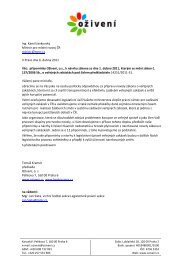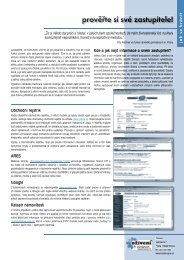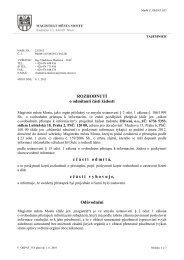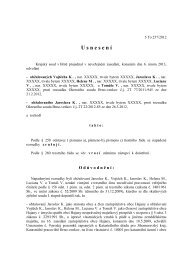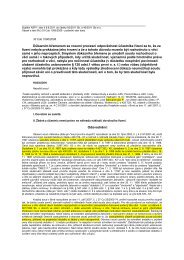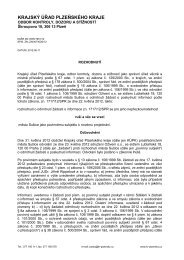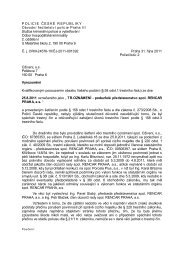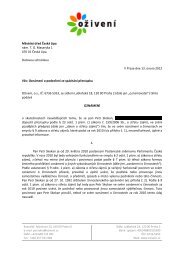Managing Conflict of Interest - Organisation for Economic Co ...
Managing Conflict of Interest - Organisation for Economic Co ...
Managing Conflict of Interest - Organisation for Economic Co ...
Create successful ePaper yourself
Turn your PDF publications into a flip-book with our unique Google optimized e-Paper software.
Keynote Addresses xxxvthe best human resources and pr<strong>of</strong>essionals to provide the service,which could include private sector participants.The second pillar following from the first is creating an environmentconducive to business. Providing such a business-friendly environmenthas not been the premise <strong>of</strong> policy in the past, and there isalways this saying, “Kalau bisa dipersulit kenapa harus dipermudah”(If it can be made more difficult, why make it easier?). This attitudeclearly has to change and the program <strong>of</strong> economic and institutionalre<strong>for</strong>ms must be continued to ensure this outcome. However, thisalso means that the way businesses operate must also change, andleadership from the private sector to operate under today’s differentrules <strong>of</strong> engagement also needs to be developed. Businesses thatthrive on preferential treatment or concessions are not the way togo anymore in this new era, and leadership and entrepreneurship todevelop Indonesian businesses that can be efficient, effective, andinnovative must happen side by side with the improvements in publicgovernance. Both private sector and public sector leadership mustplay a role in creating the correct understanding <strong>of</strong> the essence <strong>of</strong>“conflict <strong>of</strong> interest,” and the right interpretation <strong>of</strong> “public- private”partnership or “Indonesia Incorporated.”The third pillar is leadership at all levels. All the institutionalchanges and creation <strong>of</strong> best practices will not happen unless thereis an accelerated and major program to upgrade human capital.Education, training, and development <strong>of</strong> a cadre <strong>of</strong> young peoplewho will carry on the process will be crucial. Leadership is needed inall areas mentioned—the public sector, political and legislative arenas,the private sector, nonpr<strong>of</strong>it organizations, the press, academe,and so on. Indonesia’s demographic structure is still that <strong>of</strong> a relativelyyoung population, and this is creating both opportunities andchallenges. If we all invest in the leadership <strong>of</strong> the next generation,we should not be afraid <strong>of</strong> the future and there will be a revitalizedleadership to continue the process and to secure Indonesia’s trans<strong>for</strong>mation,as well as its place in a region that is also undergoingmassive trans<strong>for</strong>mation.It is incumbent on the leadership in all institutions to take responsibility<strong>for</strong> investing in human resource development and capacitybuilding to create the next generation <strong>of</strong> leadership, because theprocess will take time and we need to have continuation and consistency;otherwise the longer-term goals will not be achieved. ThatADB/OECD Anti-<strong>Co</strong>rruption Initiative <strong>for</strong> Asia and the Pacific



